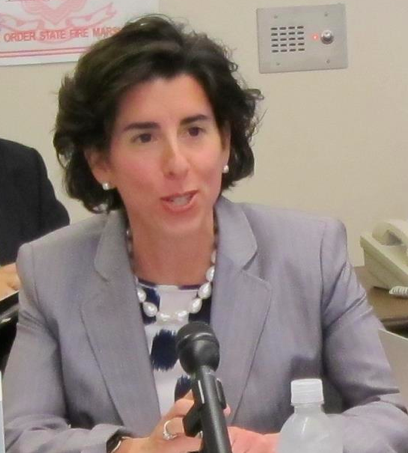The trial over Rhode Island’s 2011 pension overhaul is set to begin on April 20.
But state Gov. Gina Raimondo has been adamant about trying to reach a settlement deal before the trial begins.
On Tuesday, the state and unions indicated to various media outlets that they were close to a settlement that reportedly looks similar to the terms of a proposed settlement that eventually fell apart in Spring of 2014.
More on the terms of the new settlement, from WPRI:
A version of the state’s final offer circulating among state employees showed the new settlement would largely mirror the one that was rejected last year, except for small changes to the official retirement age and tweaks to the calculation of cost-of-living adjustments (COLAs).
Senate President M. Teresa Paiva Weed, emerging after a meeting with Raimondo, confirmed as much. “The majority of the proposal was part of the settlement last spring,” Paiva Weed said, adding that she thinks “it’s in the best interest of the state and the employees to reach a final settlement of this matter.”
Even if the governor, unions, retirees and the judge agree to the settlement to end the pension lawsuit, state lawmakers would still need to give it final approval in order for it to take effect.
Robert Myers, who represents SEIU Local 580 union members in the R.I. Department of Business Regulation, told them in an email that the sides agreed to a possible settlement last Friday, and all parties need to finish voting on the deal by March 27.
“I can tell you it is basically what was offered last year with a couple of slight changes to retirement age and COLA (retirees),” Myers wrote in the email. He added: “Each group will make their own decision on the agreement and all members are eligible to vote – unlike last year.”
The board of AFSCME Council 94, the largest state employee union, voted unanimously Tuesday to endorse the proposed settlement and send it on to the full membership for a vote.
You can read the full terms of the settlement, obtained by WPRI, by clicking here.
Photo by By Jim Jones (Own work) [CC BY-SA 3.0 (http://creativecommons.org/licenses/by-sa/3.0)], via Wikimedia Commons









